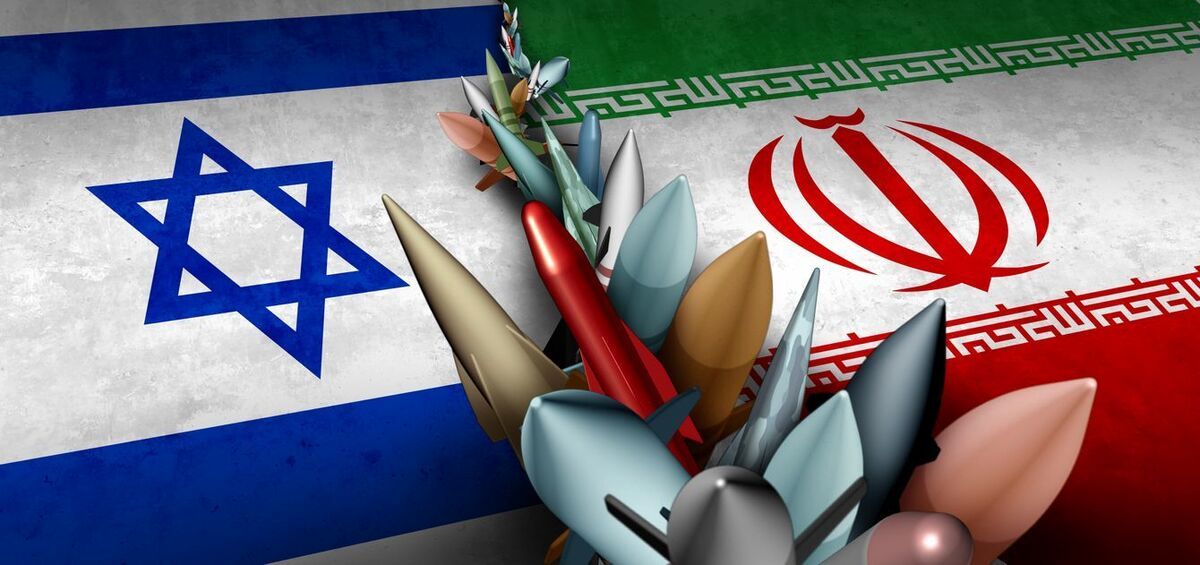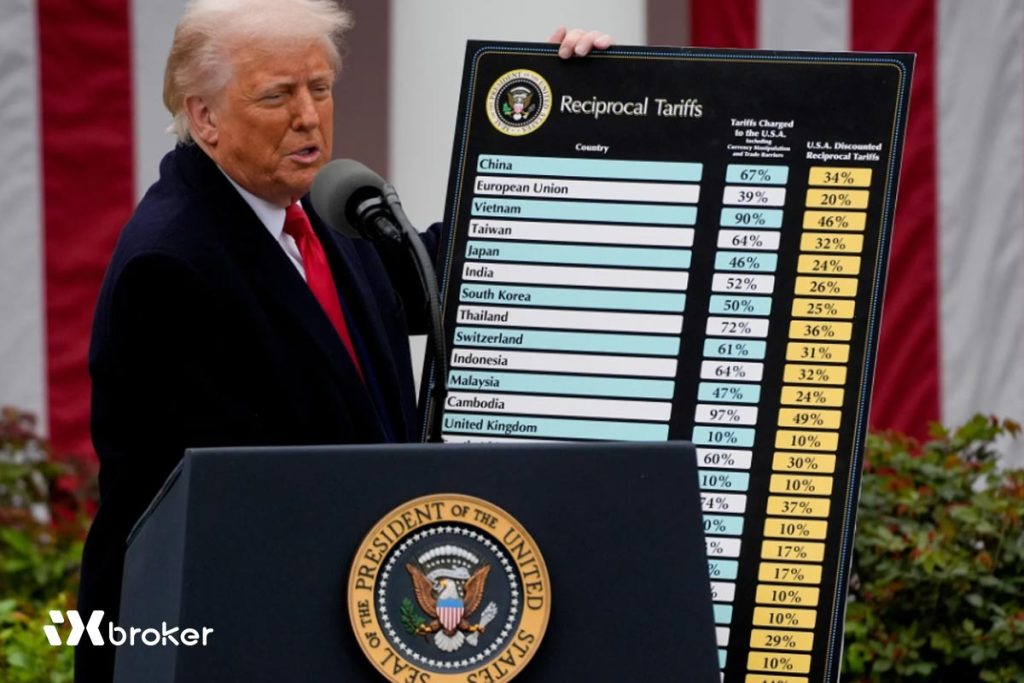Economic Impacts of the Iran-Israel Conflict and Fed’s Response
In mid-June 2025, global headlines were dominated by one of the most dangerous escalations in the Middle East: a direct military confrontation between Iran and Israel. This sudden clash, beginning with an Israeli airstrike on Iranian nuclear and military sites, and Iran’s overwhelming ballistic response, has triggered not just regional instability — but also deep reverberations across global markets.
This article explores the conflict’s macroeconomic impact, how markets have responded, the Federal Reserve’s potential reaction, and whether the war is likely to be prolonged or contained.
🔥 A Chain Reaction: The Onset of Conflict
On June 13, 2025, Israel launched Operation Rising Lion, targeting over 100 Iranian facilities, including nuclear plants in Natanz and Fordow, IRGC bases, and missile depots. The precision airstrikes were followed within hours by Iran’s “True Promise III” — a retaliatory campaign involving hundreds of ballistic missiles and suicide drones, many striking Israeli cities like Tel Aviv, Haifa, and Be’er Sheva.
Initial impact:
- Over 200 confirmed deaths and hundreds injured in both nations.
- Widespread infrastructure damage.
- Massive disruption in regional shipping and oil logistics.
💹 Immediate Economic Shockwaves
Gold Soars on Safe-Haven Demand
With global uncertainty at its peak, gold surged past $3,450/oz, marking an 8% jump in just 72 hours. Investors moved swiftly away from equities and crypto, flocking to traditional safe-havens.
Oil Prices Surge on Supply Fears
- Brent crude jumped from $81 to over $93 per barrel, driven by fears of supply disruption from the Strait of Hormuz — through which 20% of global oil passes.
- Risk premiums rose in Gulf countries, adding inflationary pressure globally.
- Speculation about further OPEC+ output reductions intensified the rally.
Equities Sink, Dollar Dilemma Emerges
- Global stock indices plummeted (S&P500: -5%, DAX: -4.2%).
- USD initially strengthened due to safe-haven inflows, but inflation expectations put pressure on bond yields and real returns.
- Emerging market currencies weakened significantly (TRY, INR, ZAR).
🧠 Fed in the Crosshairs: Monetary Policy in a War Economy
The Federal Reserve faces a difficult fork in the road. Prior to the conflict, markets expected one or two rate cuts in late 2025 due to cooling inflation. However, war-induced oil shocks and inflationary risks have changed the narrative.
Key Considerations for the Fed:
| Factor | Direct Impact | Fed’s Dilemma |
| Oil price surge | Import inflation | Delay or pause in rate cuts |
| Global risk-off sentiment | Bond yield suppression | Balance inflation with growth risks |
| Stronger USD | Export slowdown | Fed must avoid over-tightening |
| Gold & treasuries rally | Investor flight to safety | May signal economic slowdown ahead |
Likely action: The Fed may hold rates steady, while signaling a cautious stance. Any further escalation could force the Fed to re-enter stimulus mode to support growth.
🧮 Economic Endurance: Iran vs Israel
Iran:
- Under heavy international sanctions with limited FX reserves.
- Domestic inflation over 50%, growing fiscal deficit, and volatile currency markets.
- While militarily agile through proxies like Hezbollah and Houthis, Iran’s capacity to fund a long war is limited.
Israel:
- Advanced economy with tech exports and access to global capital.
- 2024 GDP growth: 3%, but prolonged conflict could strain defense budgets and domestic stability.
- Strong US support is a key economic cushion, but public tolerance for prolonged urban attacks is low.
🔍 What Will Determine the Length of the War?
- Strategic Goals
If both nations achieve symbolic victories — such as Israel damaging Iran’s nuclear capacity or Iran retaliating against command-level targets — war may de-escalate.
- Internal Public Pressure
- Iran’s economic hardship may drive domestic unrest.
- In Israel, daily missile threats on major cities could lead to civilian protests and political instability.
- Proxy Activation
- If Hezbollah (Lebanon), PMU (Iraq), or Houthis (Yemen) enter the conflict, it will likely expand into a regional war.
- This will dramatically increase both costs and duration.
- Global Energy Diplomacy
- Countries dependent on Gulf oil — such as China, India, and EU members — will push diplomatically to end the war.
- A global energy shock is not in any major economy’s interest.
🔮 Future Scenarios: What Comes Next?
| Scenario | Likelihood | Description |
| Short-Term Ceasefire (within 7–10 days) | Moderate | If symbolic objectives are met and global pressure rises. |
| Limited War (2–4 weeks) | High | Continued airstrikes and rocket exchanges without direct occupation. |
| Regional Escalation | Medium | If other actors like Hezbollah or US forces engage, war may widen. |
🌐 Broader Implications: Energy, Inflation & Global Stability
This conflict marks more than a regional flashpoint — it is a global economic stress test. Oil and gold spikes, Fed uncertainty, and shaken investor confidence all reflect deeper fragility in global markets post-COVID and post-Ukraine war.
For traders and investors:
- Volatility will persist in commodities and FX markets.
- Safe-havens like gold, USD, and short-term US treasuries are in high demand.
- Emerging markets are likely to underperform due to capital outflows and oil dependency.
✅ Conclusion: War as a Market Catalyst
The Iran-Israel conflict is reshaping both the geopolitical and macroeconomic landscapes of 2025. While the Fed grapples with policy responses, and markets digest the new risks, the path forward hinges on diplomatic pressure, strategic calculus, and whether broader escalation can be avoided.
At iX Broker, we continuously monitor geopolitical shifts and their impact on financial markets. Our traders and partners benefit from timely updates, risk tools, and global analysis to help navigate volatile conditions like these.





